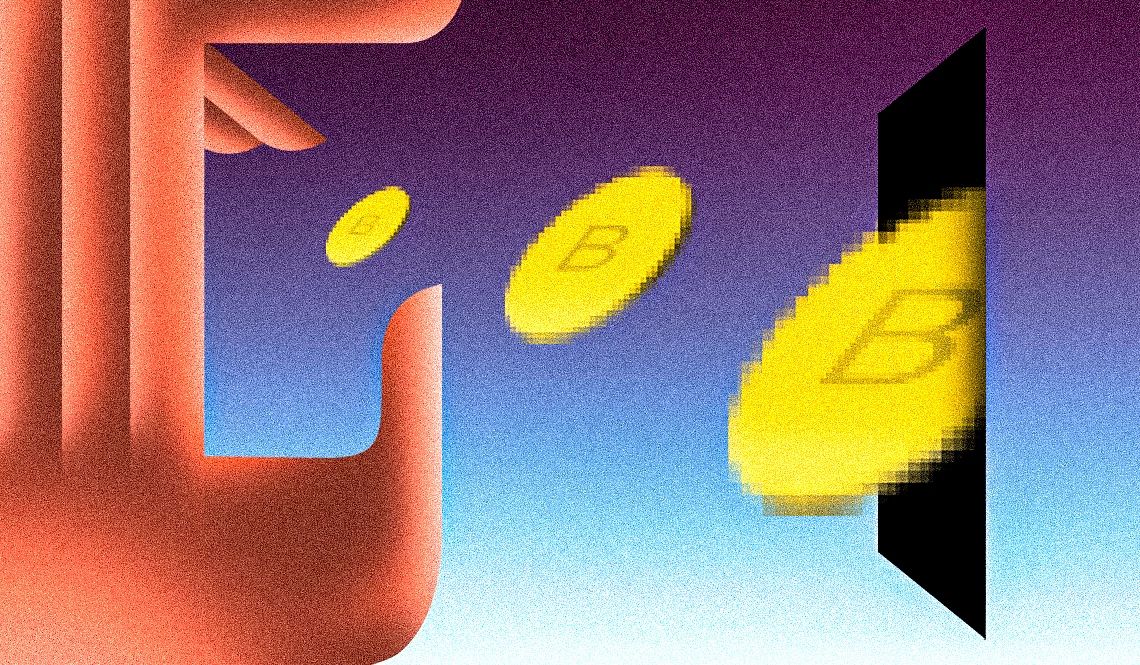AARP Hearing Center


In this story:
Investment scams • Payment scams • Red flags • Protect yourself • Reporting problems • More resources
Cryptocurrencies such as bitcoin, ethereum, solana and hundreds may be touted as an exciting, new commodity. But many people have experienced dramatic losses, some through bogus investment platforms touted by scammers as sure moneymakers.
The Federal Trade Commission (FTC) warns consumers that crypto investing comes with many risks, including scams.
Virtual money, unlike dollars, francs and other currencies, isn’t backed by any government or central bank. Even so, you can use crypto to buy goods and services, exchange it for U.S. dollars and other conventional currencies on digital markets, and even obtain it at specialized ATMs.
Unlike the value of government-backed money, that of virtual currencies is driven entirely by supply and demand. This can create wild swings that produce big gains for investors — or big losses. Crypto investments are subject to far less regulatory protection than traditional financial products such as stocks, bonds and mutual funds. Crypto ATMs are favored by criminals for their anonymity and general lack of oversight.
Cryptocurrency scams fall into two categories: investment and payment. The Federal Trade Commission (FTC) reported that investment scams, including cryptocurrency investment scams, had the highest median losses of all scams reported in 2024. The FBI began Operation Level Up as an attempt to identify and warn victims of investment scams. More than three-quarters of them were unaware they were being scammed.
When using cryptocurrency to pay scammers, victims lost more than $1.4 billion in 2024, according to the FTC. Scams where the victims were directed to use a cryptocurrency ATM have increased nearly tenfold from 2020 to 2023. (AARP is pushing for state laws to regulate this type of ATM and protect consumers from scams.)
Types of cryptocurrency investment scams
Using investment platforms. Criminals lure unwary investors into setting up accounts on an online investment platform with the promise of fabulous returns. What the investors don’t know is that the platform actually is a Ponzi scheme, in which they’re paid returns out of money put in by other investors.





































































More on money
Money Can Be Stolen From Your Bank Account: How to Lower Your Risk
Customers need to be vigilant as thefts from personal accounts become more common
Is the Postal Service Texting You — or a Scammer?
Criminals pretend to be delivery services, smishing for personal info and moneyTech Support Scams Are Rampant in 2023
How to thwart criminals who pretend to fix computer problems but steal your money instead